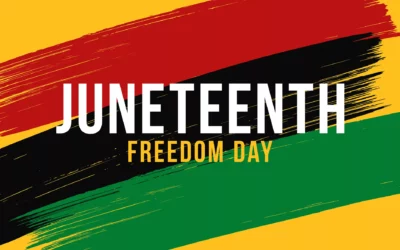Spreading Hope and Raising Awareness
September is a significant month as it marks National Suicide Prevention Month, a time to honor the lives lost to suicide, acknowledge those who have battled suicidal thoughts, and support individuals, families, and communities affected by this issue. At GKCCEH, we recognize the importance of raising awareness about suicide prevention and spreading messages of hope. In this article, we will delve into the significance of Suicide Prevention Month, the impact it has on individuals and communities, and how we can actively engage with this important cause.
Addressing the Stigma and Sharing Hope
Suicidal thoughts can affect anyone, regardless of age, gender, or background, often stemming from untreated mental health conditions. It’s crucial to understand that suicidal thoughts should not be considered normal and are indicative of underlying serious issues. September serves as Suicide Prevention Month, aiming to change public perception around suicide by fostering open conversations and sharing critical information and resources. Our ultimate goal is to ensure that individuals, friends, and families have the support they need to discuss suicide prevention and seek help when necessary.
Engaging with Suicide Prevention Month
While suicide prevention is important throughout the year, Suicide Prevention Month offers a dedicated time for collective engagement and strength in addressing this challenging topic. Engaging in honest conversations about mental health and suicide is essential, as just one conversation has the power to change a life. By openly discussing these issues, we can create a more welcoming and supportive environment for those who may be struggling.
Impact on Individuals and Communities
Understanding the impact of suicide on individuals and communities is crucial in addressing this public health crisis. Here are some eye-opening statistics regarding suicide:
- 79% of all people who die by suicide are male, despite more women attempting suicide. Men are four times more likely to die by suicide than women.
- Suicide ranks as the second leading cause of death among people aged 10-14, the third leading cause of death among those aged 15-24, and the 12th leading cause of death overall in the United States.
- Approximately 46% of individuals who die by suicide had a diagnosed mental health condition, but research suggests that 90% may have experienced symptoms of a mental health condition.
- Specific populations, such as Native Hawaiian/other Pacific Islanders, American Indian/Alaska Natives, LGBTQ youth, and transgender adults, have higher rates of suicidal thoughts and attempts.
Supporting and Seeking Help
To effectively address this issue, it is important to know how to support someone in crisis and seek help when needed. If you know someone who is at immediate risk of suicide, call 911 right away. Here are some helpful ways to support someone in crisis:
- Talk: Express your concern for the person and encourage them to seek help.
- Listen: Actively listen to their struggles and offer a compassionate ear.
- Remain Present: Show ongoing support and encourage them to seek professional help if necessary.
- Utilize Resources: Dial the newly activated three-digit code, 988, to be connected to the National Suicide Prevention Lifeline, providing 24/7 confidential support.
If you are personally struggling or in crisis, remember that there is hope and help available. Reach out:
- Call or text 988tel:988 to connect with a trained crisis counselor available throughout the United States.
- Utilize your Employee Assistance Program (EAP) by calling the provided number. Trained counselors are available 24/7 to offer support, referrals, and information about emergency services.
Conclusion
September is a month dedicated to raising awareness and preventing suicide, allowing us to stand together with passion and collective strength to address this critical issue. By starting conversations, offering support, and directing individuals to the necessary resources, we can make a significant impact in preventing suicides and saving lives. Remember, help is available, and you are not alone. Let us join hands and actively engage with Suicide Prevention Month to make a lasting difference in the lives of those affected by suicide.









